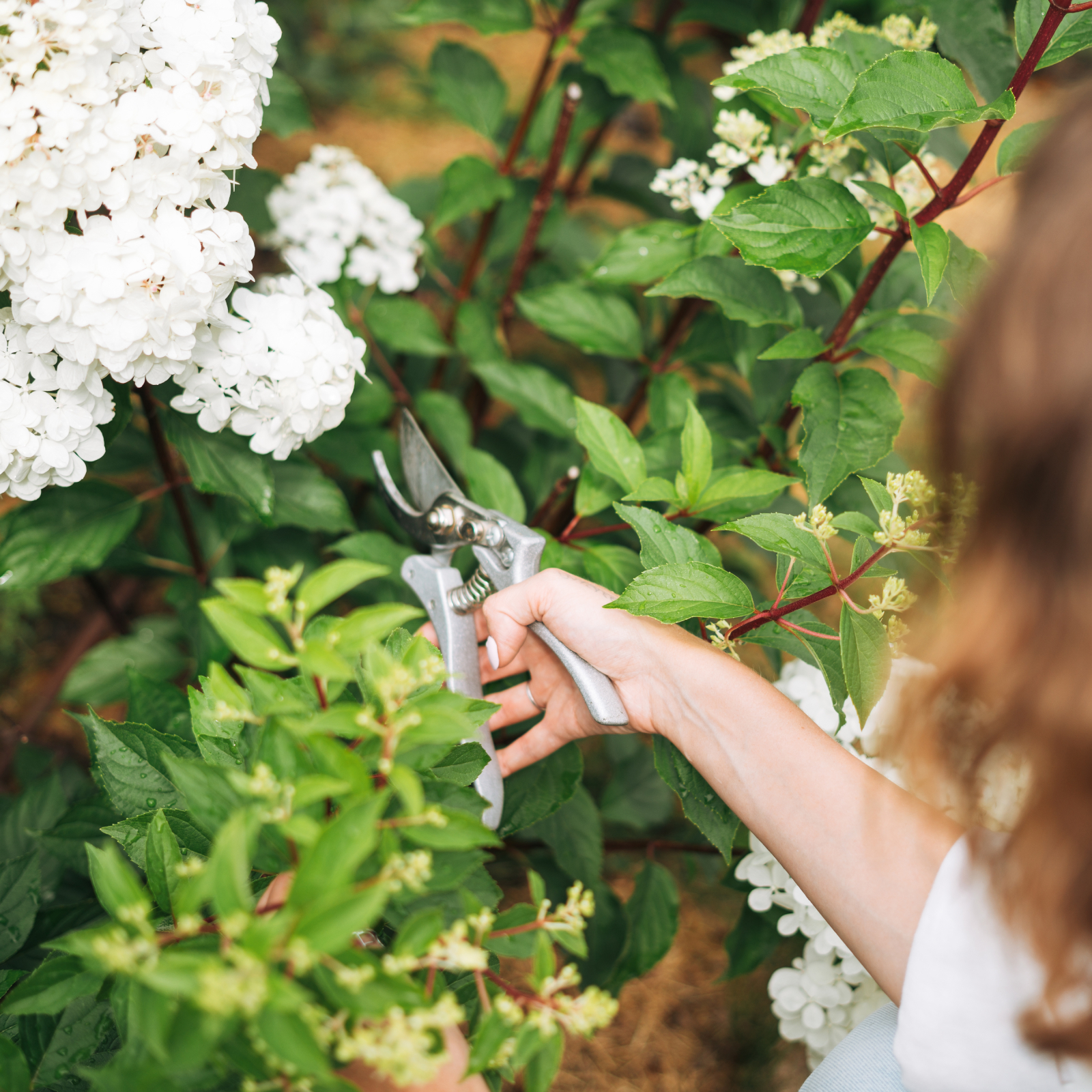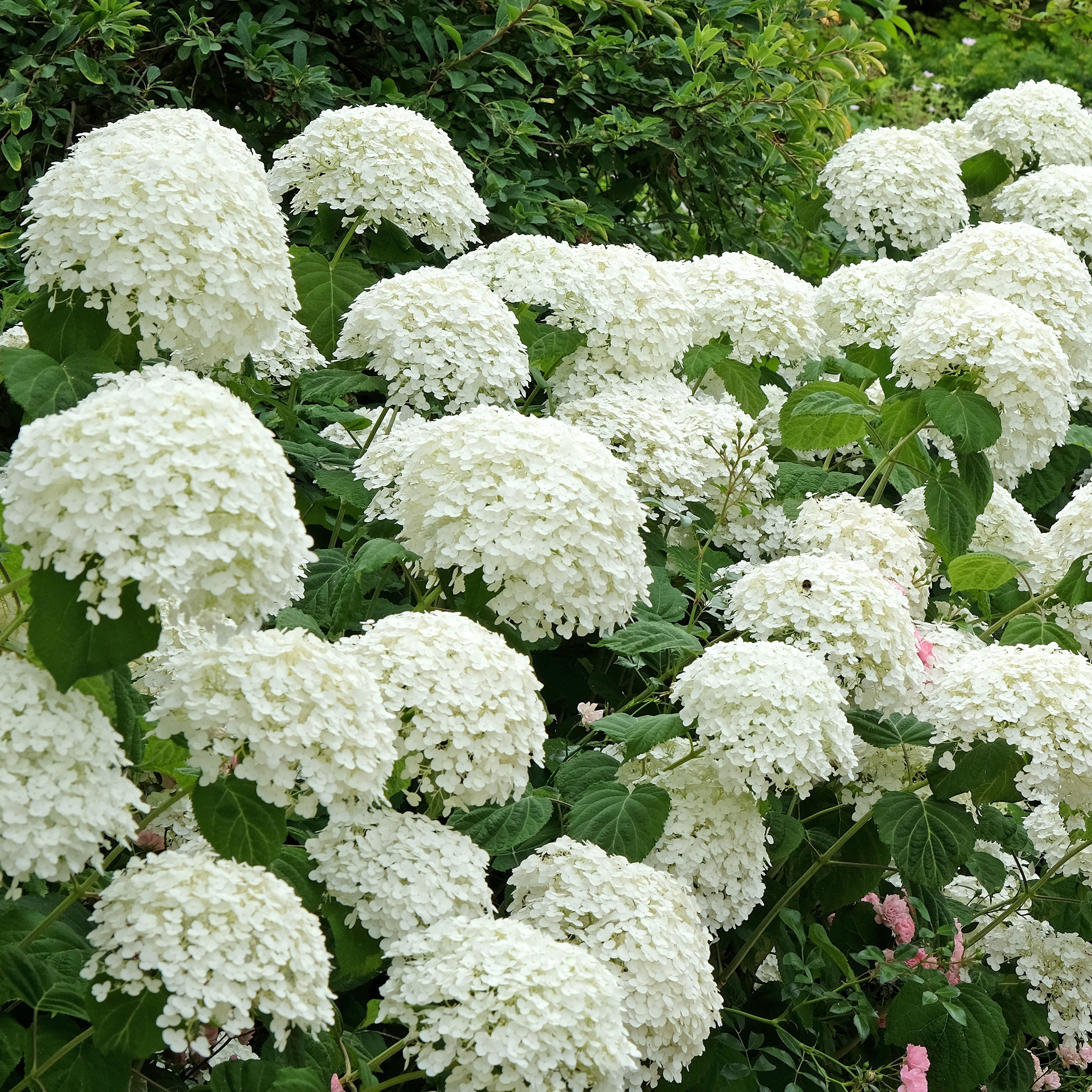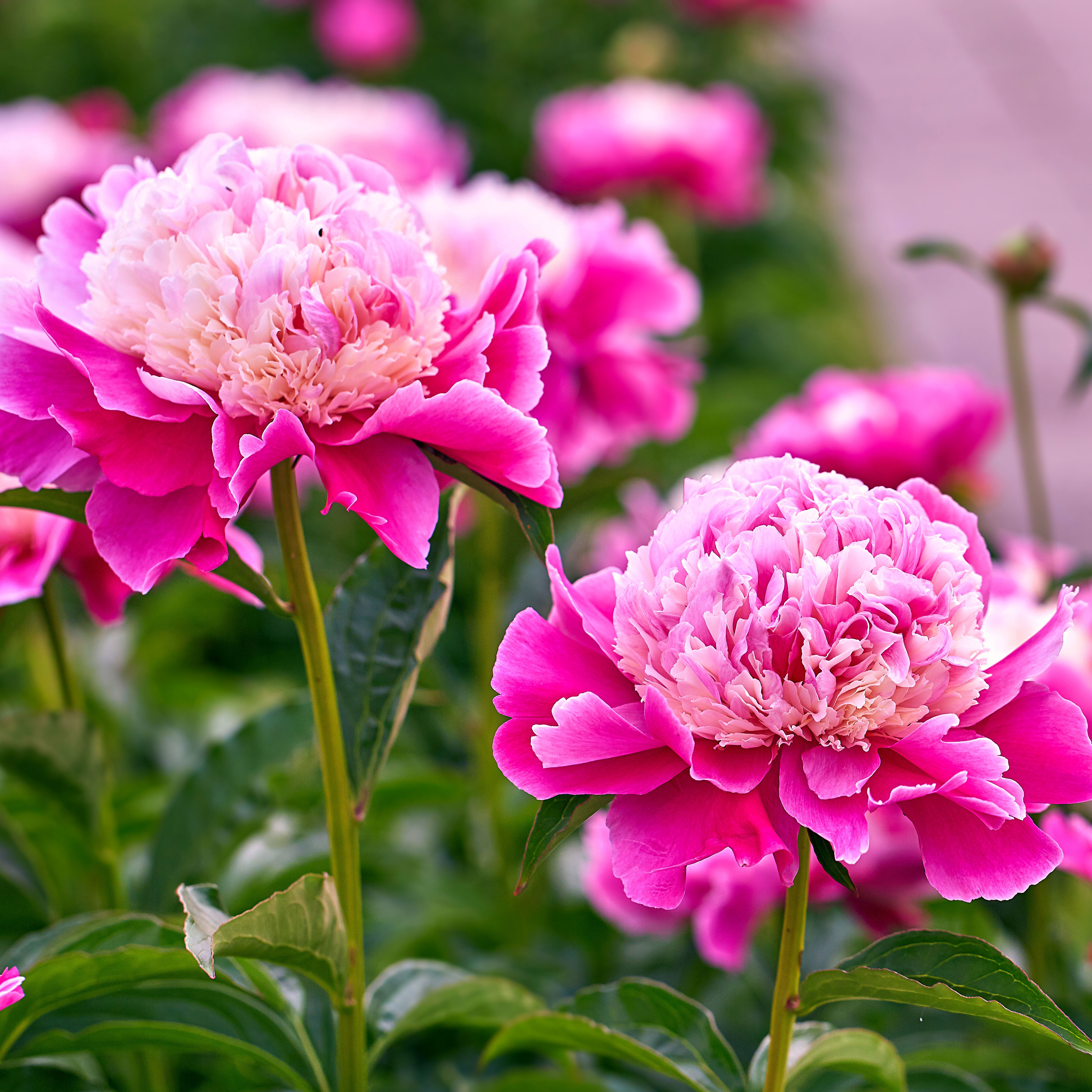Growing Zinnias From Seed For Beginners

Zinnias are a summer garden staple for good reason. They come in a wide range of colors, bloom all summer long, and are easy to grow. Even beginners can grow loads of beautiful zinnia blooms. Plus, bees and butterflies love them so they are perfect for pollinator gardens! Keep reading to learn how to grow zinnias from seed.
Types Of Zinnias
Zinnias are annual flowers that grow in full sun and well-drained soil. They thrive in heat and tolerate drought well. Zinnias range in height from 6 inches to over 4 feet tall. Their flowers can be striped, speckled, or solid in a variety of colors from pastel to vibrant hues.
Zinnias also come in an array of flower forms. These include single bloom, beehive, button, and cactus. They make wonderful cut flowers that can last in a vase for a week or more. And, if deadheaded, they can bloom from early summer until frost. But we’ll talk about that later!
How To Plant Zinnia Seeds
Zinnias prefer direct sowing in the garden, but you can start seeds indoors and transplant them later. Start zinnia seeds in peat pots or another form of biodegradable pot. When seedlings are a few inches tall, plant zinnias and pots in the garden to avoid disturbing seedlings’ tender roots.
The easiest way to grow zinnias from seed, however, is to plant them straight into the garden. Spacing depends upon the variety you wish to grow. Look at the back of your seed packet for instructions specific to your type. Once all chance of frost has passed, plant zinnia seeds in well-draining soil. Lightly cover the seeds with soil and give them a good drink. Keep soil moist, but not soggy. Zinnia seeds should germinate in 5 to 10 days.
How To Care For Zinnias
Some zinnias benefit from staking. Use garden supports to keep tall zinnia varieties from flopping over. Plant them next to a trellis, mailbox, or lamppost or create your own zinnia supports with strong vertical stakes and twine. Weave twine into a grid when plants are still small and zinnias will grow right through.
Deadheading helps zinnias bloom all summer long. Once flowers fade, cut or pop the heads off your zinnias. Cutting flowers for bouquets also prolongs blooming. Succession planting is another way to extend zinnia blooming. Starting in late spring, plant zinnia seeds in the garden every two weeks until mid-summer to ensure fresh blooms through fall. Another option is to let faded flowers remain and go to seed, then save the seeds to grow in next year’s garden.
Gardening tips, videos, info and more delivered right to your inbox!
Sign up for the Gardening Know How newsletter today and receive a free copy of our e-book "How to Grow Delicious Tomatoes".
Zinnia Diseases And Pests
Zinnias are very low-maintenance, however, they can encounter some problems. Common zinnia pests include spider mites, grasshoppers, and bud worms. Zinnias can also develop powdery mildew but, thanks to breeders, many new cultivars like the ‘Magellan’ series are more resistant to this problem. To prevent problems, avoid overhead irrigation and water early in the day to keep foliage dry. Space plants far enough apart to allow for good airflow to keep plants happy and healthy.

Laura Walters is a Content Editor who joined Gardening Know How in 2021. With a BFA in Electronic Media from the University of Cincinnati, a certificate in Writing for Television from UCLA, and a background in documentary filmmaking and local news, Laura loves providing gardeners with all the know how they need to succeed, in an easy and entertaining format. Laura lives in Southwest Ohio, where she's been gardening for ten years, and she spends her summers on a lake in Northern Michigan. It’s hard to leave her perennial garden at home, but she has a rustic (aka overcrowded) vegetable patch on a piece of land up north. She never thought when she was growing vegetables in her college dorm room, that one day she would get paid to read and write about her favorite hobby.
-
 Pruning Limelight Hydrangea Bushes For Bigger Blooms & Stronger Plants
Pruning Limelight Hydrangea Bushes For Bigger Blooms & Stronger PlantsPruning 'Limelight' hydrangea will benefit the shrub. Flowers will be more bountiful the next year and branches will be stronger. Learn how and when to prune.
-
 What’s Wrong With Your Azaleas? Identify, Tackle And Prevent 6 Common Azalea Pests
What’s Wrong With Your Azaleas? Identify, Tackle And Prevent 6 Common Azalea PestsIf you’ve spotted signs of azalea leaf damage, don’t panic – here’s how to identify the most common azalea pests so you can take action swiftly and keep plants healthy
-
 Pruning Limelight Hydrangea Bushes For Bigger Blooms & Stronger Plants
Pruning Limelight Hydrangea Bushes For Bigger Blooms & Stronger PlantsPruning 'Limelight' hydrangea will benefit the shrub. Flowers will be more bountiful the next year and branches will be stronger. Learn how and when to prune.
-
 What’s Wrong With Your Azaleas? Identify, Tackle And Prevent 6 Common Azalea Pests
What’s Wrong With Your Azaleas? Identify, Tackle And Prevent 6 Common Azalea PestsIf you’ve spotted signs of azalea leaf damage, don’t panic – here’s how to identify the most common azalea pests so you can take action swiftly and keep plants healthy
-
 Native Hydrangea Varieties In North America – 8 Sensational Smooth And Oakleaf Varieties For Hardy Blooms And Multi-Season Beauty
Native Hydrangea Varieties In North America – 8 Sensational Smooth And Oakleaf Varieties For Hardy Blooms And Multi-Season BeautyHydrangeas are beloved for their enduring visual dynamics – but if you go native, they’re even better. Here are the most captivating native hydrangea varieties you can grow
-
 Grow These 8 Pretty Peony Colors To Include In Your Garden For A Spectacular Spring Rainbow
Grow These 8 Pretty Peony Colors To Include In Your Garden For A Spectacular Spring RainbowThere are as many shades of peony as there are types of garden – each more gorgeous than the last. Discover some of the most exhilarating peony colors for your yard
-
 Grow ‘Karl Rosenfield’ Peony Plants For The Ultimate Frilly Border Beauties And Cut Flowers
Grow ‘Karl Rosenfield’ Peony Plants For The Ultimate Frilly Border Beauties And Cut FlowersFor frilly double magenta peony petals infused with a heady fragrance, grow ‘Karl Rosenfield’ peony plants. Here’s how to cultivate the ultimate plushy blooms
-
 ‘Coral Charm’ Peony Care For Sublime Semi-Double Peonies With Lush Salmon Pink Flowers
‘Coral Charm’ Peony Care For Sublime Semi-Double Peonies With Lush Salmon Pink FlowersPeonies are known for their soft baby pink or magenta tones, but if plushy coral blooms are your thing, here’s our guide to the ultimate ‘Coral Charm’ peony care
-
 Want The Longest Lasting Hydrangea Flowers? Grow These 8 Panicle Hydrangea Varieties
Want The Longest Lasting Hydrangea Flowers? Grow These 8 Panicle Hydrangea VarietiesFor ornamental shrubs that deliver the longest flowering seasons with plush blooms and delicate hues, these panicle hydrangea varieties are essential in your yard
-
 Zinnias On Repeat: 10 Glorious Cut-And-Come-Again Varieties For Endless Summer Bouquets
Zinnias On Repeat: 10 Glorious Cut-And-Come-Again Varieties For Endless Summer BouquetsThese zinnia varieties keep giving all summer, making them the perfect choice for dedicated cutting gardens – or just the occasional homegrown bouquet.